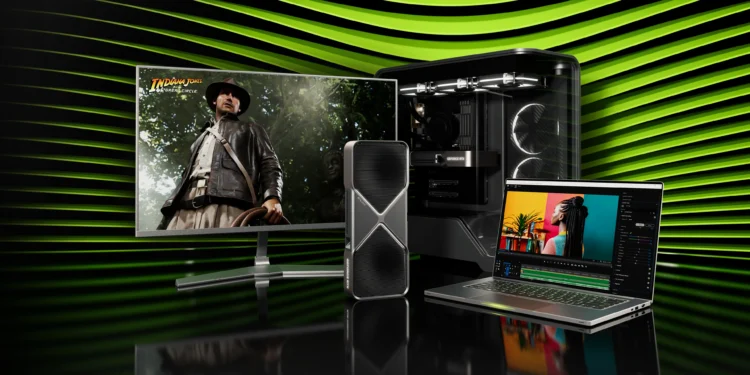In a bold stride at the Consumer Electronics Show (CES) in Las Vegas, Nvidia unveiled their latest advancement in gaming technology—the GeForce RTX 50-series chips. This innovative line of processors promises to transform the PC gaming landscape by infusing cutting-edge AI capabilities previously reserved for the most robust data center GPUs.
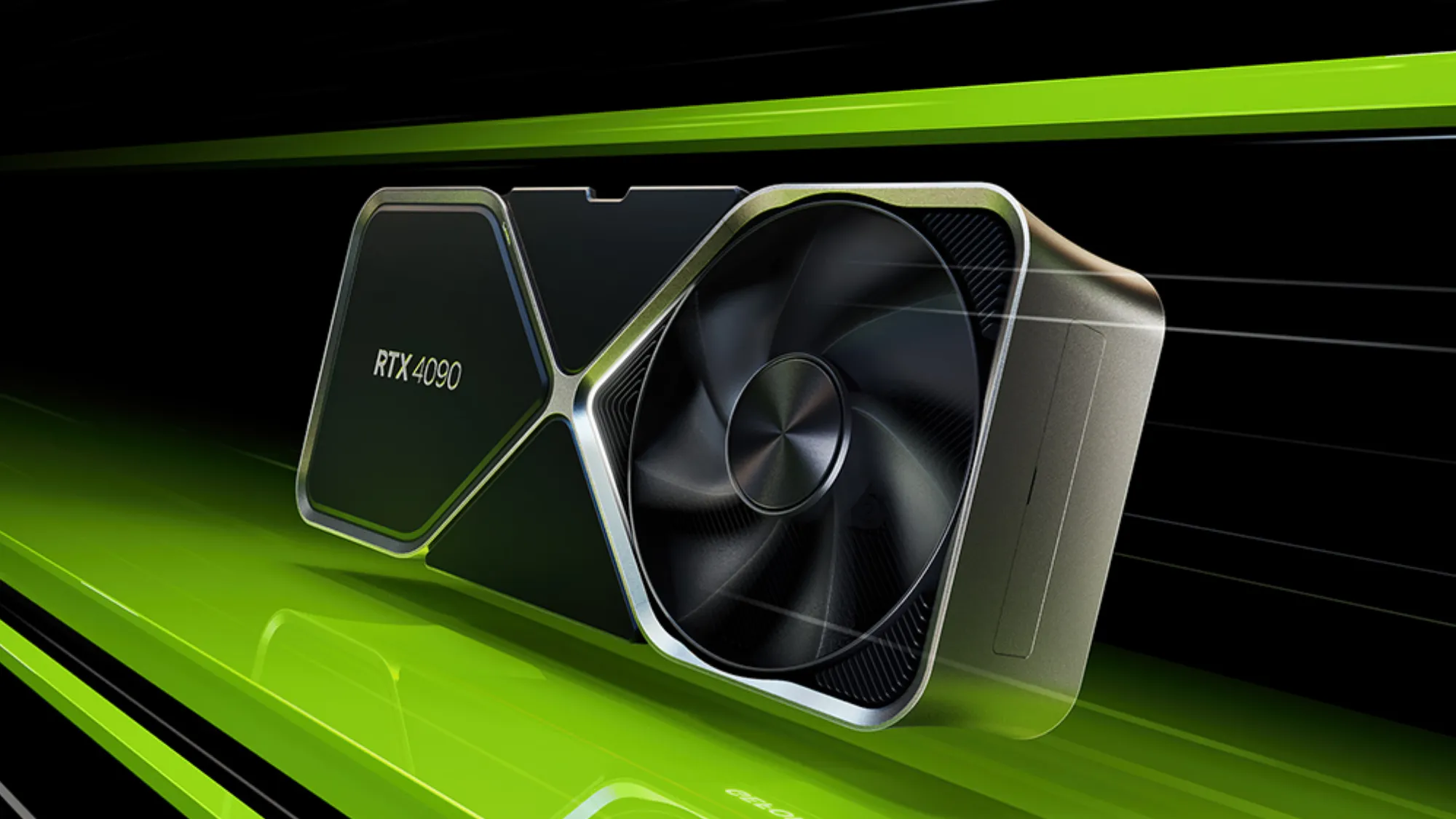
From Data Centers to Desktops: The Technical Evolution
During a riveting keynote, Nvidia CEO Jensen Huang showcased the potential of these chips, holding up a laptop to illustrate just how they plan to revolutionize gaming graphics. “Can you imagine, you have this incredible graphics card, Blackwell, I’m going to shrink it and put it in there,” Huang stated, capturing the audience’s imagination.
The GeForce RTX 50-series, based on the same Blackwell architecture that underpins Nvidia’s fastest AI processors for servers, marks a significant leap from traditional gaming hardware. Designed to deliver exceptional detail and smoother frame rates, these GPUs are set to redefine what gamers can expect from their hardware.
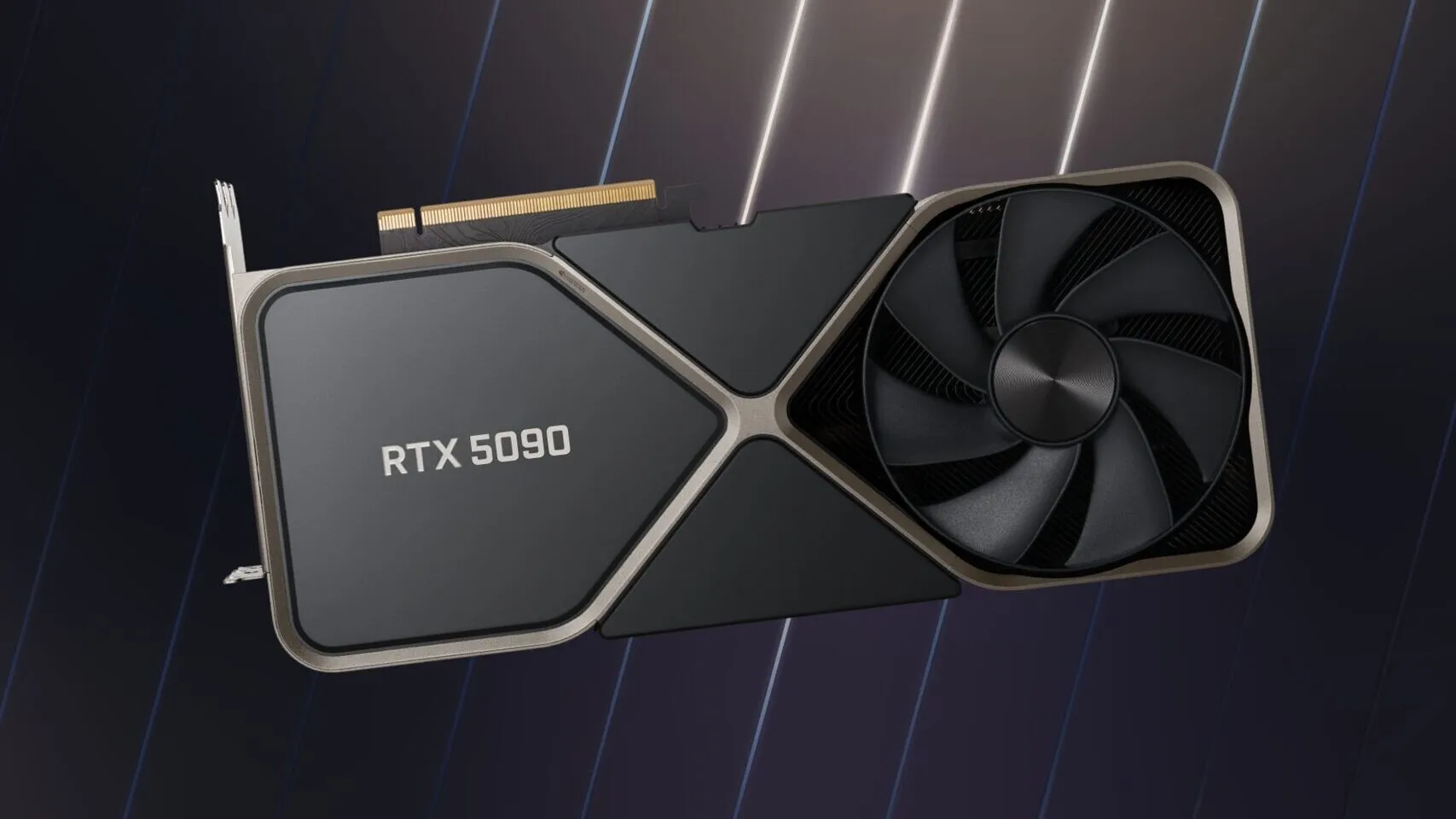
High Performance Meets High Demand
Originally, Nvidia’s prowess was concentrated in the realm of gaming, with their first chip in 1999 aimed at enhancing 3D game graphics. However, the landscape has shifted dramatically, with AI now dominating their business strategy. “Of course, back then, we were a gaming company, and these GPUs were created to accelerate games,” said Justin Walker, senior director of product at Nvidia.
Despite the growing focus on AI, Nvidia has not forgotten its roots. The new RTX 50-series not only caters to the hardcore gamer but also leverages Nvidia’s deep AI expertise to push the boundaries of gaming realism and performance. Features like DLSS 4 utilize AI to boost gaming frame rates, and enhancements in character rendering bring virtual worlds to life with unprecedented detail.
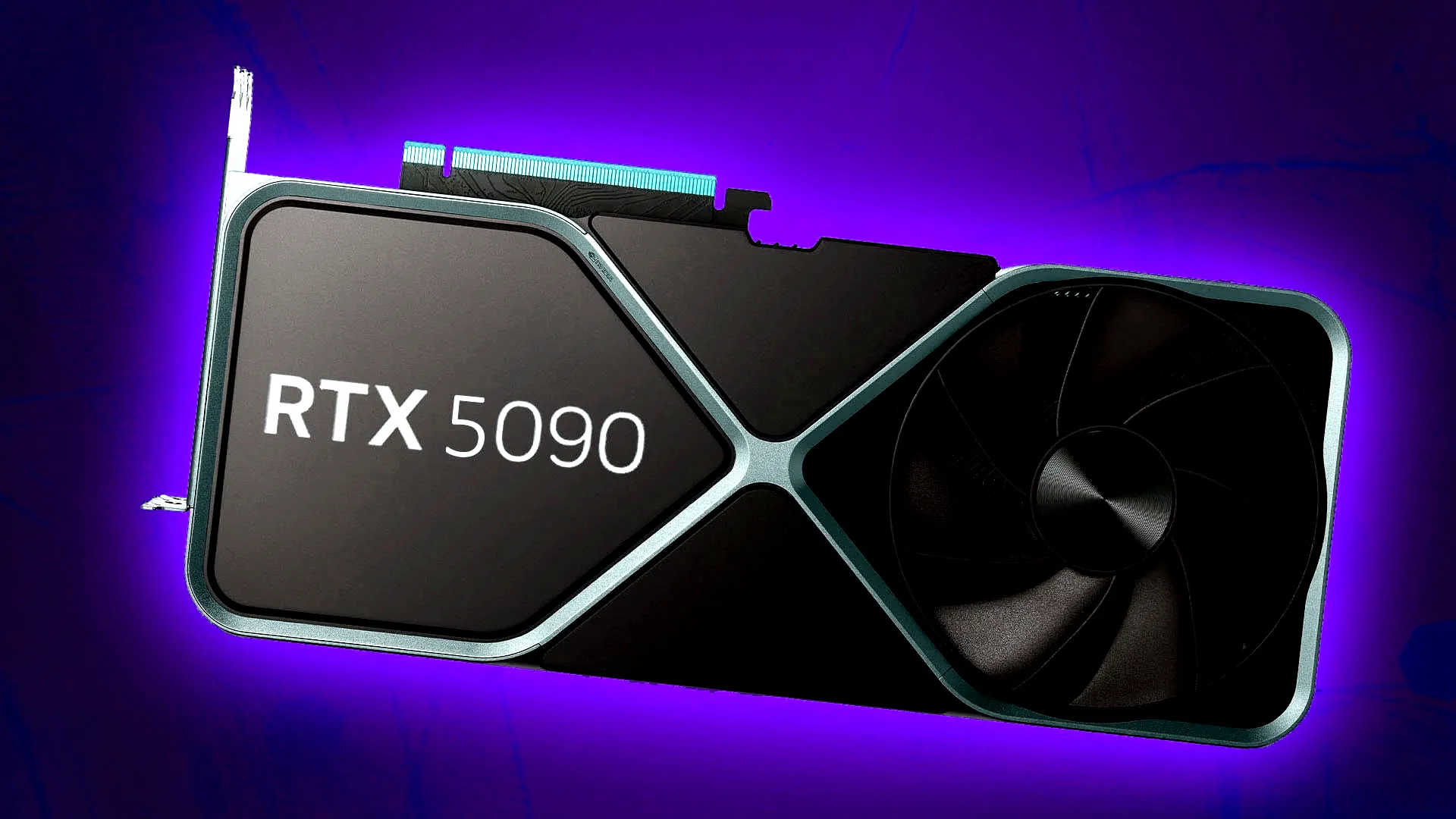
The demand for more sophisticated gaming experiences continues to grow, and Nvidia’s latest offerings are poised to meet this challenge head-on. The RTX 5090, the flagship of this new series, is touted as being twice as fast as its predecessor, the RTX 4090. With 92 billion transistors, it stands as a testament to Nvidia’s commitment to pushing the envelope of what’s possible in gaming technology.
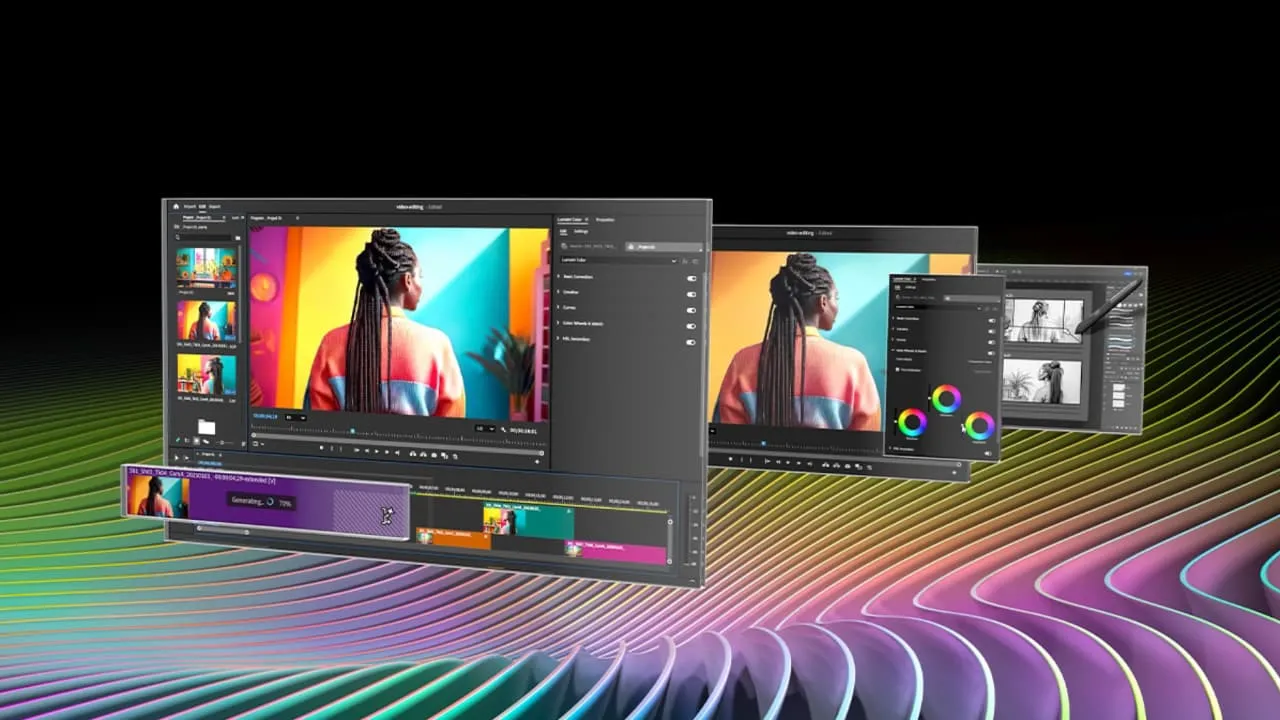
Nvidia’s GPUs are now more than just game accelerators; they are a pivotal part of a broader AI revolution. These chips are powerful enough to run sophisticated AI models and enable game developers to integrate generative AI into their titles, offering gamers not just games, but experiences that continue to evolve.
With the release of the GeForce RTX 50-series, Nvidia reinforces its dual identity as both an AI powerhouse and a gaming pioneer. The trickle-down of technology from Nvidia’s AI developments to its gaming products ensures that even as the company ventures further into new territories, it continues to enhance the gaming experience with every innovation.
As these new chips roll out, starting in computers priced from about $550 to a high of $2,000, and as laptops equipped with these GPUs hit the market in March, both casual and hardcore gamers alike have much to look forward to. In an era where gaming and AI intersect more than ever, Nvidia’s latest developments promise a future where both technologies evolve hand in hand, heralding a new age of immersive, AI-driven gaming.

